Arduino is still going strong!
The software finally exited beta (Nov 2011).

Arduino and Android
And for those who are interested in both Android and Arduino - Arduino + Android Projects for the Evil Genius
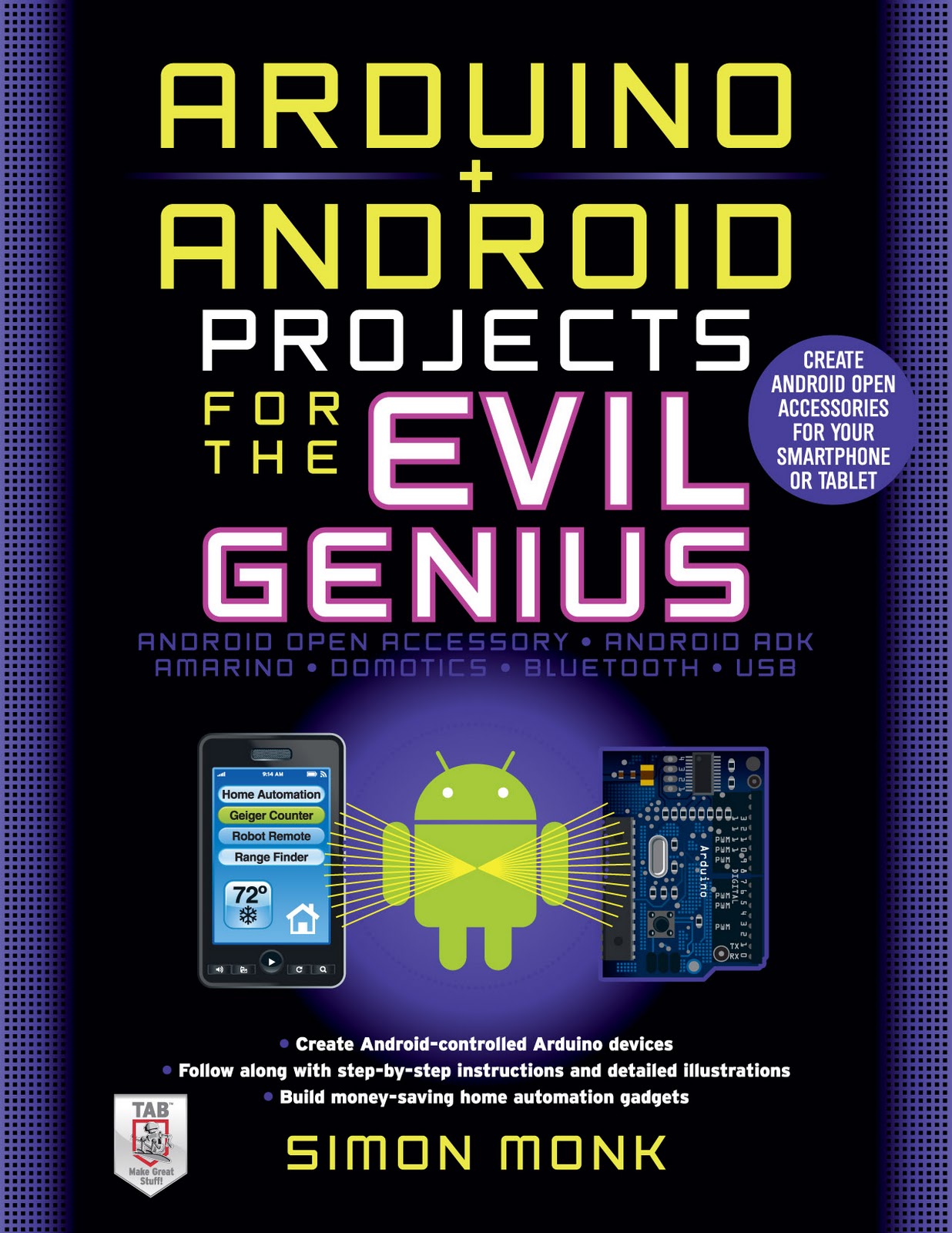
Or if you like to use MS .Net, there is the Gadgeteer
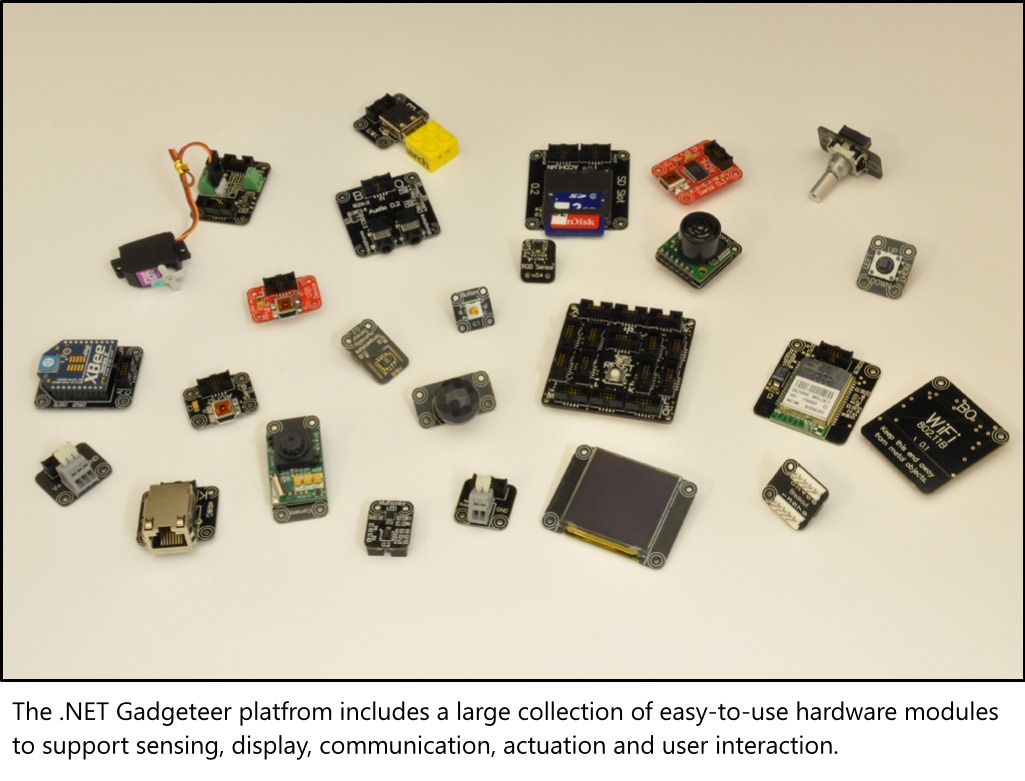
Microsoft .NET Gadgeteer is an open-source toolkit for building small electronic devices using the .NET Micro Framework and Visual Studio/Visual C# Express.
That was 2011. Fast forward to 2012
Raspberry Pi 
A single-board computer developed in the UK with the intention of stimulating the teaching of basic computer science in schools. It has an ARM chip and costs only $25.
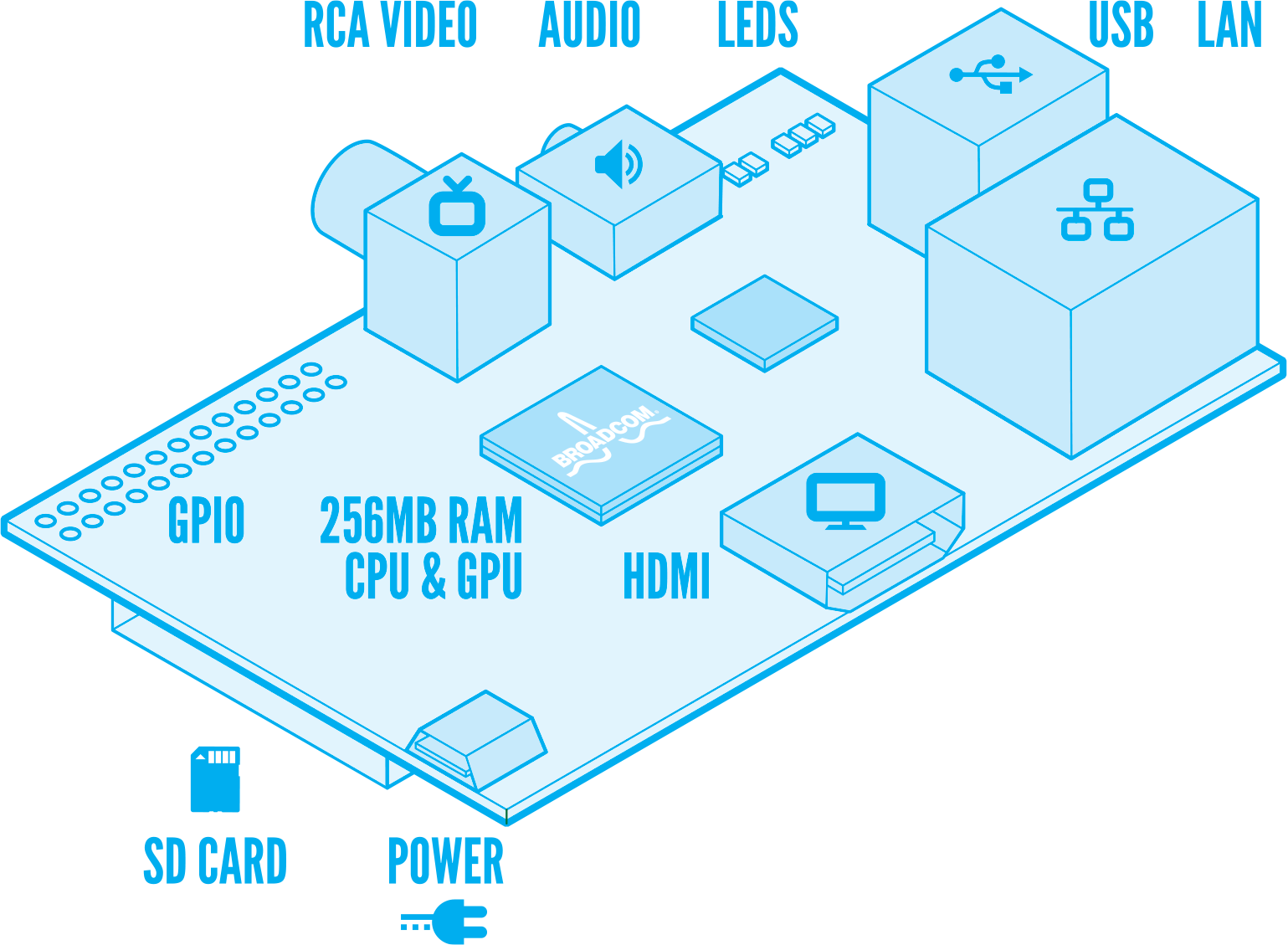
Twine
A funded Kickstarter project: WiFi connectivity, internal (temperature, accelerometer) and external (magnetic, moisture) sensors, web interface and two AAA batteries that keep it running for months.

Multi-Touch Keyboard and Mouse
A funded Kickstarter project: Multi-Touch keyboard and mouse, tempered glass, wireless, Open Source Software

The design is based on a touch screen technology known as FTIR or Frustrated Total Internal Reflection. There are basically infrared LEDs placed at the edge of the glass. In this case, they are hidden inside holes where the glass is mounted to the metal base. Because of the low angle at which the light impacts the internal glass surface, it is bounced around inside the glass, much like looking through a tube to see the reflections on the inside walls. When the glass is touched it frustrates the reflection and the IR light is diffused downward, out of the glass, allowing the camera to see it. Software then determines the location and sends the appropriate information to your computer.
MaKey MaKey: An Invention Kit for Everyone
Electric imp
The Imp uses WiFi and a cloud service to make it easier than ever before for vendors to internet-enable their products, bringing the power of the internet to places and devices it could never reach before. Developer preview Imps and developer kits will be available beginning in late June, 2012.
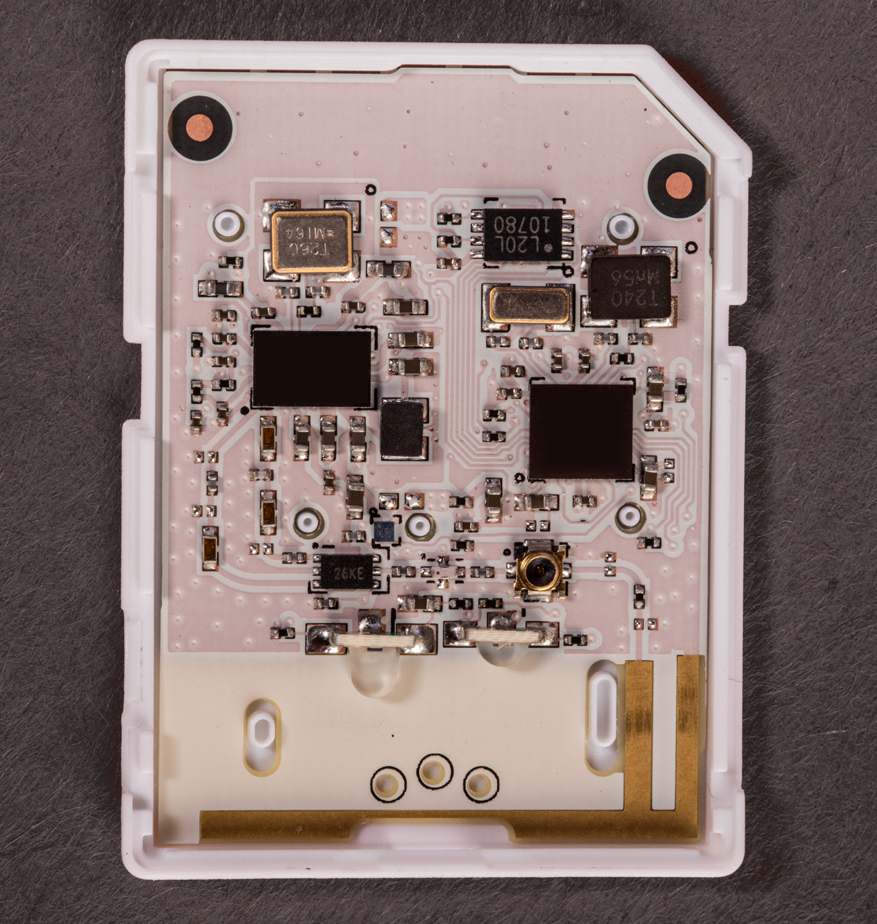
Why these are so important?
Because they allow us to learn and create hardware based prototypes, faster and cheaper.
They also represent the cultural shift!
Want more?
Leap
This costs about $70.
MHL (Mobile High-definition Link)
Most new smartphones from 2011/2012 comes with dual-core processors. Some of the new ones coming out later in 2012 even pack with quad-core. No point in wasting money buying a "Smart" TV. You can turn your TV into a Smart TV with a $10 cable.
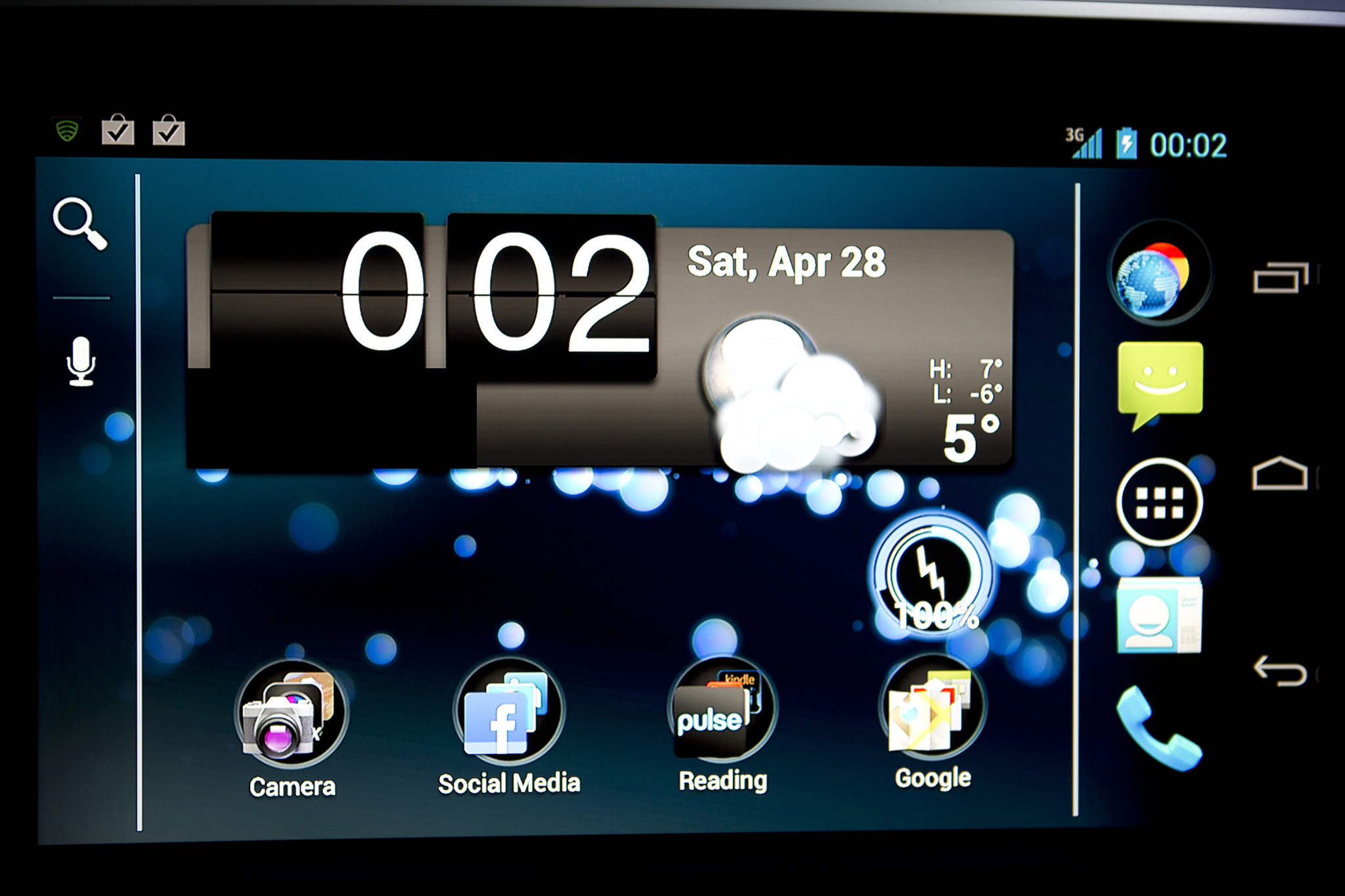
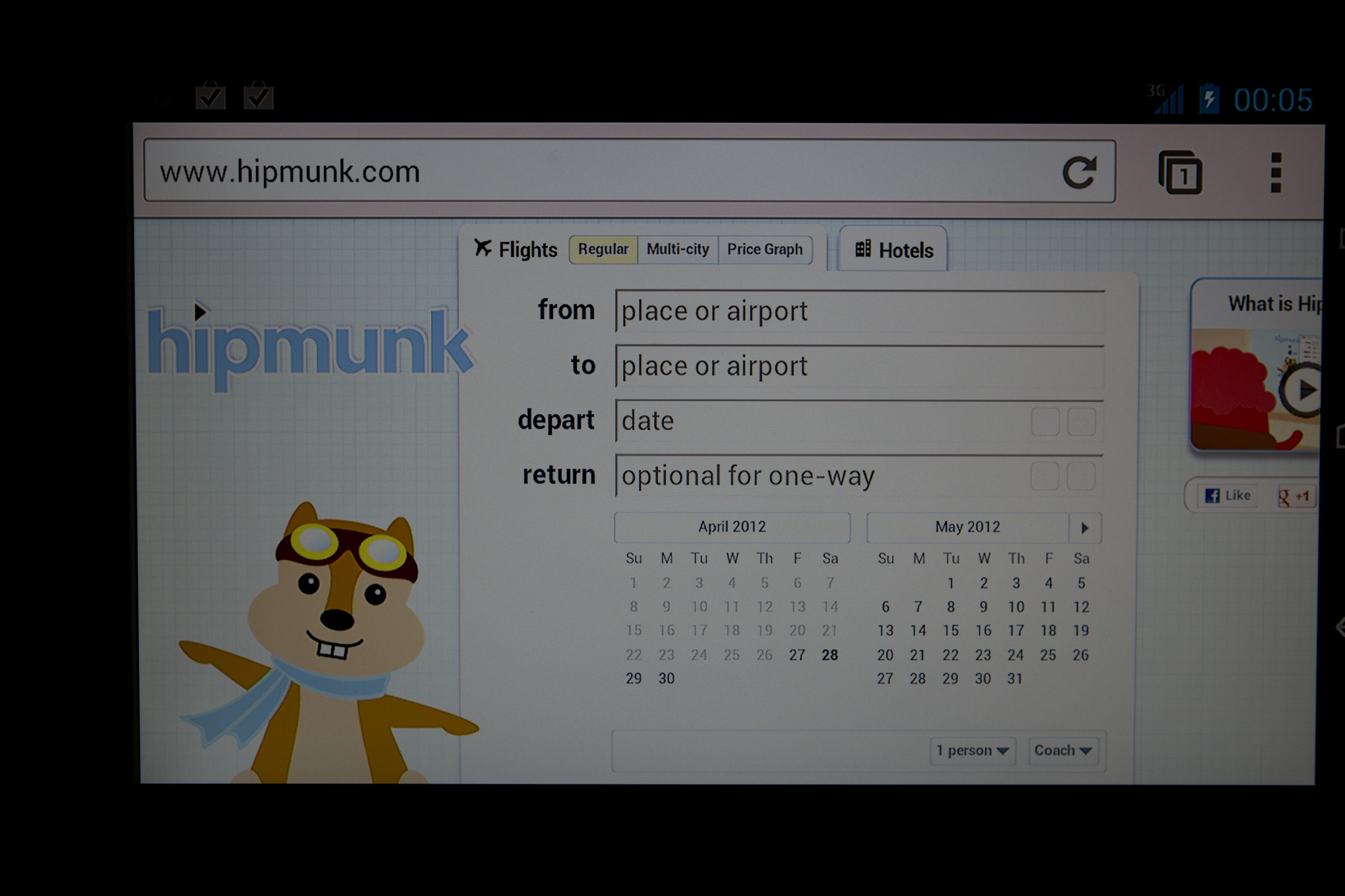
3D Printing
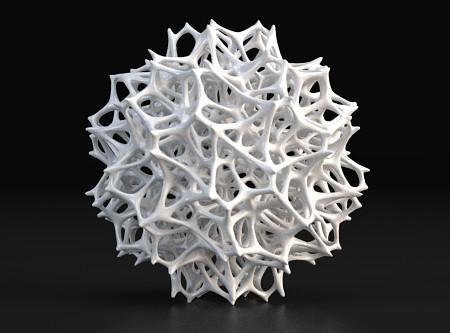
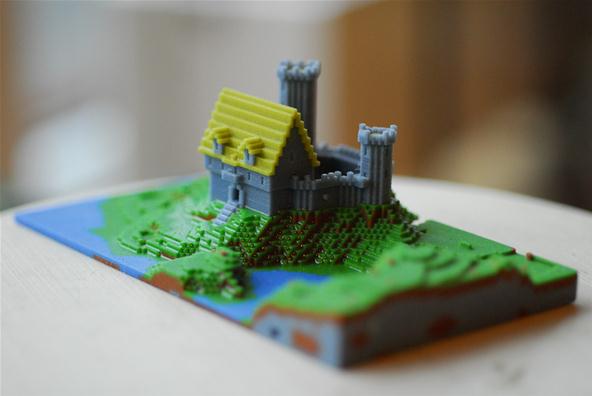


Pebble
A funded Kickstarter project: Pebble is the first watch built for the 21st century. It's infinitely customizable, with beautiful downloadable watchfaces and useful internet-connected apps. Pebble connects to iPhone and Android smartphones using Bluetooth, alerting you with a silent vibration to incoming calls, emails and messages. While designing Pebble, we strove to create a minimalist yet fashionable product that seamlessly blends into everyday life.
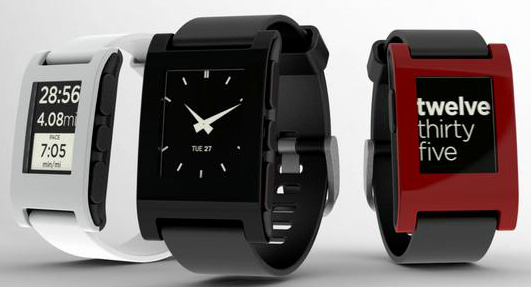
Kickstarter Goal: $100k; Funded: $10.2 millions
If you want a thing done well, do it yourself. - Napoleon Bonaparte

Evolution of DIY Electronics by Edmond Lau is licensed under a Creative Commons Attribution-NonCommercial-ShareAlike 3.0 Unported License.
Use a spacebar or arrow keys to navigate

